The use of ammonia for roses
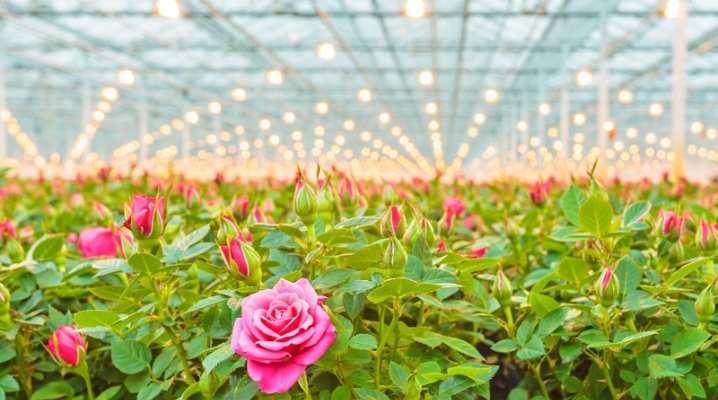
Roses are a wonderful decoration for any site. Many varieties delight with their flowering all season, but for this you need to provide full care for the flowers. And one of the important factors in this matter is the use of ammonia.
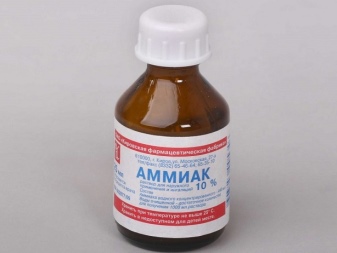

Advantages and disadvantages
Nowadays, it will not be difficult for a gardener to go to the store and purchase any product for caring for roses. The choice is great. But there have always been adherents of natural remedies. And many gardeners believe that there is nothing better than folk methods. But it is worth considering more carefully what are the pros and cons of using ammonia for roses.
First of all, summer residents are attracted by the following points:
- ammonia is very cheap, sold in a pharmacy, and its consumption is very low;
- you can prepare a solution in a matter of minutes at any convenient time and immediately water the flowers without waiting for it to infuse, as it happens with many other means;
- processing is very simple and does not require special knowledge;
- to improve the effect, depending on the goal pursued, you can supplement the solution with various ingredients that the gardener always has at hand;
- ammonia has a wide spectrum of action - it is suitable for treatment against insects and various diseases, and for feeding, and for prophylaxis.
There are also some disadvantages that you just need to consider when using the tool:
- the smell of ammonia is quite sharp, so it is worth protecting the respiratory system, and gloves will not be superfluous;
- if the proportions are violated, the flowers can be harmed, so do not neglect the correct dosage;
- not always one treatment with ammonia will be enough - in order, for example, to cope with pests, repeated measures will be needed.
But all these disadvantages are not so tangible as to refuse to use the product.

Use for feeding
The use of ammonia is advisable in the spring, when vegetative processes are just beginning. At this time, it is advisable to feed the roses with ammonia so that they grow and develop better, have healthy foliage, and subsequently beautiful buds. Fertilizer should be diluted in clean, slightly warm, settled water.
For feeding, take 10 liters of water and pour 30 ml of ammonia into it, then stir and water the plants. It will be enough to pour a liter of liquid under each bush. But it should be borne in mind that first, ordinary watering is performed, and only then fertilizing with ammonia is introduced into the moistened soil. All manipulations with the introduction of dressings should be done in the morning or in the evening; in the heat, this is definitely not worth doing.
You can feed the flowers with ammonia and during the summer, 3-4 times. But in the fall, such fertilizers are no longer recommended. In addition, you can feed the roses with ammonia with the addition of other means. For this, it is advisable to choose citric acid or apple cider vinegar. In the first case, 10 liters of water will require 30 grams of citric acid, and in the second, 2 tablespoons of apple cider vinegar for the same volume of water. In both cases, ammonia is added last in the amount of 30 ml.
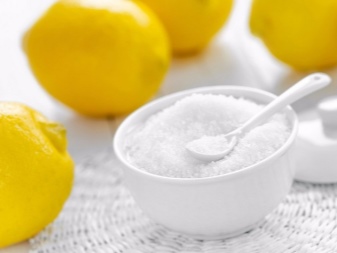
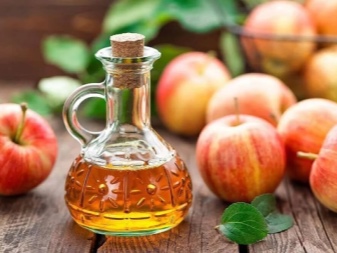
Treatment against pests and diseases
Ammonia has proven itself very well as a means in the fight against pests and diseases.In order to properly process a plant that has been overcome, for example, by aphids or ants, as well as a fungal disease has settled, you need to dilute 40-50 ml of ammonia in 10 liters and spray the roses with an interval of a week until you can completely heal the plant or free it from pests.
Spraying must be done so that each leaf is necessarily processed both from the outside and from the inside. Previously heavily damaged parts of the plant must be cut off and burned. Roses should be processed in dry, calm weather, in the evening or morning hours. Gloves are necessary (as well as a mask), since, for example, aphids stick very tightly to the leaves, and in some cases you will have to wash the leaves by hand so as not to leave any chance for insects.
Many gardeners recommend enhancing the action of ammonia and adding other agents to the solution.
- Often, the addition in the form of soap shavings helps the composition stay on the leaves longer, which means it is better to act on problem areas. Ordinary laundry soap can be replaced with liquid soap, dishwashing detergent, and even shower gel.
- The addition of wood ash also gives a good effect, which will simultaneously serve as both pest control and fertilization. True, in this case, you will have to let the solution brew. The bucket is filled by one third with ash, water is poured, insisted for a day. After that, the solution is filtered, the bucket is supplemented with water to 10 liters. At the last moment, pour in 40 ml of ammonia and start processing. Ammonia tends to quickly evaporate, so the composition is used immediately.
As for the treatment of the plant, after it is possible to get rid of the pests, preventive measures must be applied throughout the summer. Regular inspection of roses will help to quickly take action and prevent the death of the crop.

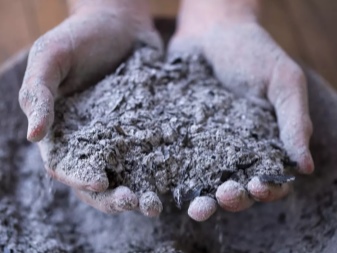
Roses are very often subject to various diseases, so you should know how to recognize the disease in order to immediately start fighting.
- Black spot is expressed in the fact that black spots appear on the leaves, and if you do not start the fight in time, the leaves turn yellow, which greatly spoils the appearance of the plant.
- Powdery mildew is unpleasant in that a bluish bloom appears on the leaves and stems, which immediately makes it clear that the roses are affected. If everything is left to chance, then it will very quickly cover the entire plant, and it will be difficult to wait for beautiful flowers. We'll have to carry out several treatments and arrange them regularly for the purpose of prevention.
- Gray rot is also characterized by a white-gray bloom, which spreads very quickly, it does not allow buds to develop. Not having time to gain strength, they fall off. The leaves also look extremely unattractive. In this case, you should not delay with the processing of roses. Otherwise, you can lose your flower garden.
- Roses can also rust. Brown spots appear on the leaves, grow very quickly. As a result, the foliage turns black and falls off. As soon as this disease is noticed, all affected leaves must be removed, and then the bush must be treated with a composition with ammonia.
As for pests, roses are most often attacked by various caterpillars, and especially aphids are not indifferent to flowers. Its cunning is that it is not always possible to detect aphids at once. She settles on the inside of the leaves, sticks to the stems, gets to the buds. But even if aphids were discovered late, this is not a reason for frustration. It is necessary to dilute the ammonia in water, pour it into a spray bottle and rinse the aphids from the bushes with a powerful jet. You will have to spend time on these procedures, since each sheet needs careful processing. Usually one or two sprays are enough to get rid of the aphids before the end of the season. Prophylaxis for roses in the form of ammonia sprays is needed all summer long, since there are other pests that can damage roses.
And it is better to prevent their occurrence than to deal with them later.Moreover, ammonia is one of the easiest products to use and at the same time very effective.
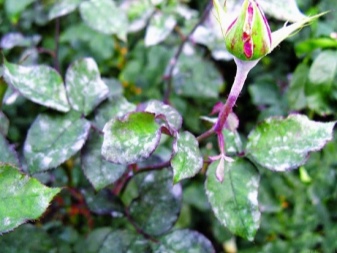
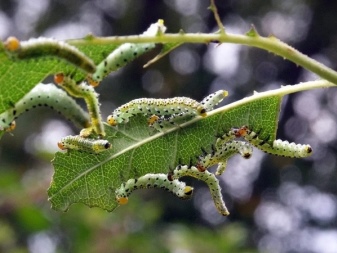
In the next video, you will find the use of ammonia from aphids on roses and currants.













The comment was sent successfully.